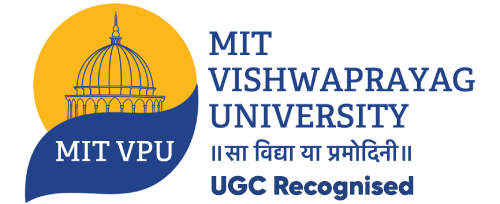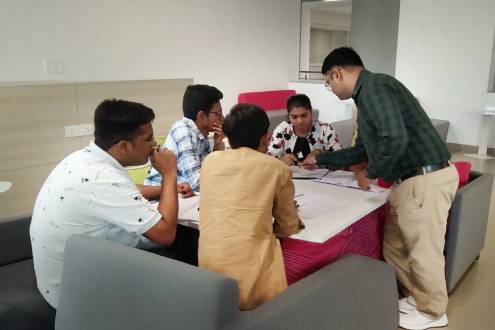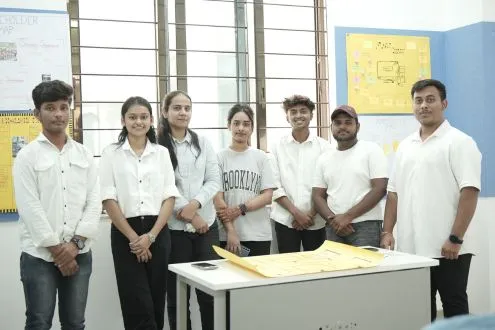
Home » Design Thinking for Sustainability- Shaping The Innovators Of Tomorrow
Design Thinking for Sustainability- Shaping The Innovators Of Tomorrow
Methods
In a rapidly evolving world grappling with complex, multifaceted challenges, students of the future need to be more than just technically proficient—they need to be innovative problem-solvers. MIT Vishwaprayag University (MITVPU), Solapur takes a pioneering step in preparing students across all fields for this very reality by introducing the Design Thinking for Sustainability as a 3-week course during induction. Unlike traditional institutions that focus solely on academic introductions, MITVPU ensures that from day one, students are immersed in a practical, holistic learning experience.
What Makes This Induction Course Unique?
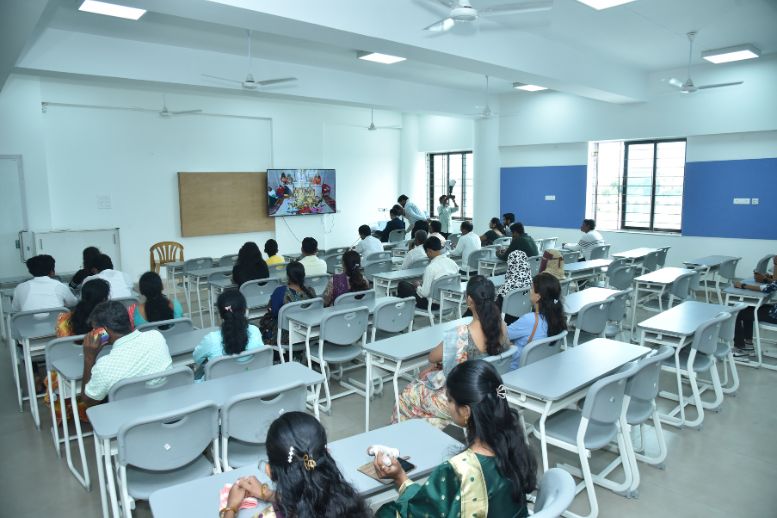
While most academic institutions dedicate only a few days to basic introductions and orientations, MITVPU has redefined the induction journey. The university invests three full weeks to help students adapt to university life and build a foundation for lifelong learning and problem-solving.
This unique approach in higher education includes a credit-based course integrated into the induction process. By introducing Design Thinking for Sustainability at the very start of their academic journey, MITVPU highlights that learning extends beyond classrooms and textbooks. It focuses on equipping students with the mindset and tools to tackle challenges in their careers, education, and personal lives.
What is Design Thinking for Sustainability?
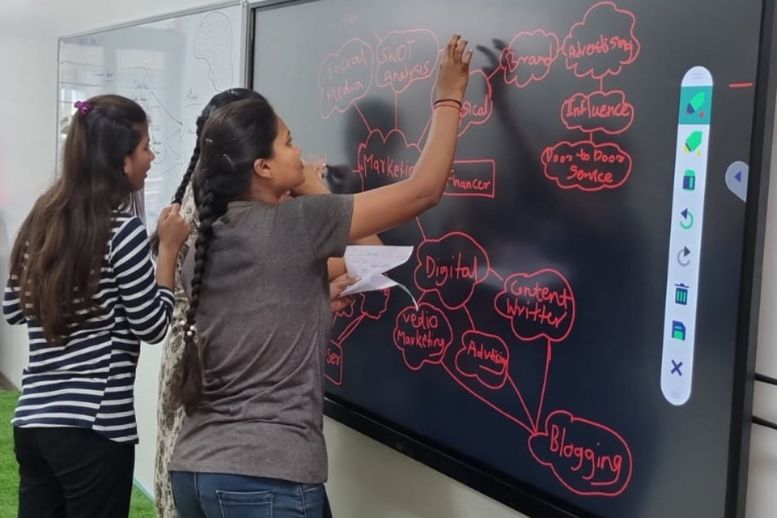
At the heart of this course is the principle of design thinking—a mindset that empowers students to tackle challenges with creativity, empathy, and practicality. The goal is simple yet transformative: to shape students into problem-solvers who go beyond technical solutions to develop holistic, sustainable ones that create a broader impact on society and the environment. Whether designing eco-friendly products or addressing global sustainability challenges, this course inspires students to think beyond their field of study and craft solutions that are responsible, innovative, and impactful.
An Experiential Learning Approach
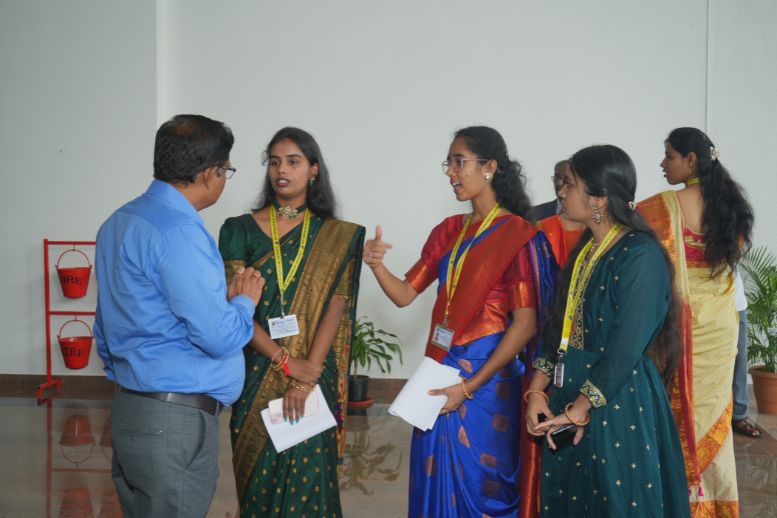
The uniqueness of the course lies in its experiential learning methodology. Rather than passively absorbing knowledge, students are actively engaged through:
- Hands-on projects that allow them to address real-world challenges
- Collaborative workshops where peer-to-peer learning enhances understanding
- Problem-solving activities that foster critical thinking from multiple perspectives
This dynamic and interactive environment nurtures a new breed of professionals, one that thinks beyond traditional problem-solving methods.
Practical Application of Design Thinking
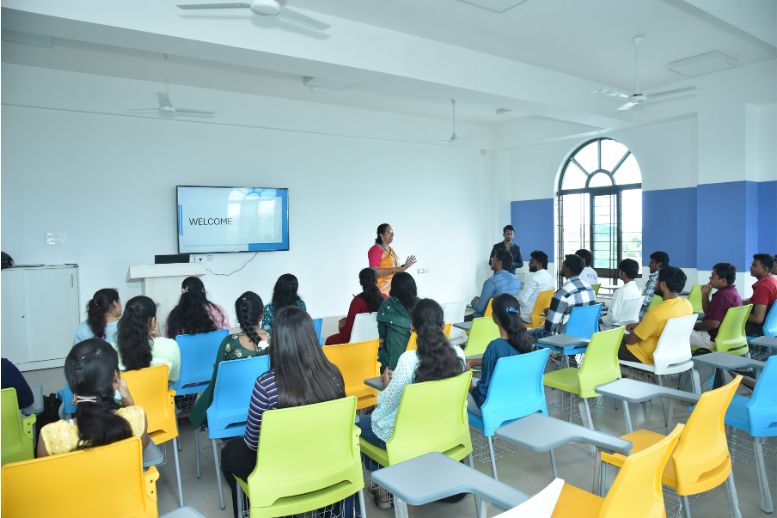
Credits that Count Towards Their Future
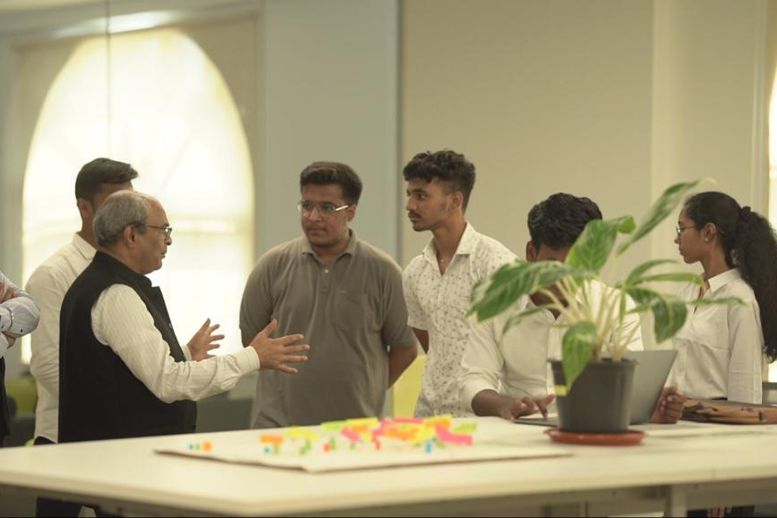
A standout feature of the Design Thinking for Sustainability course is its integration into the academic structure. Students earn academic credits for their participation, making it a vital part of their educational journey. These credits underscore the importance of interdisciplinary learning, equipping students to navigate complexities in both life and career with a balanced, holistic perspective.
The Power of Collaboration
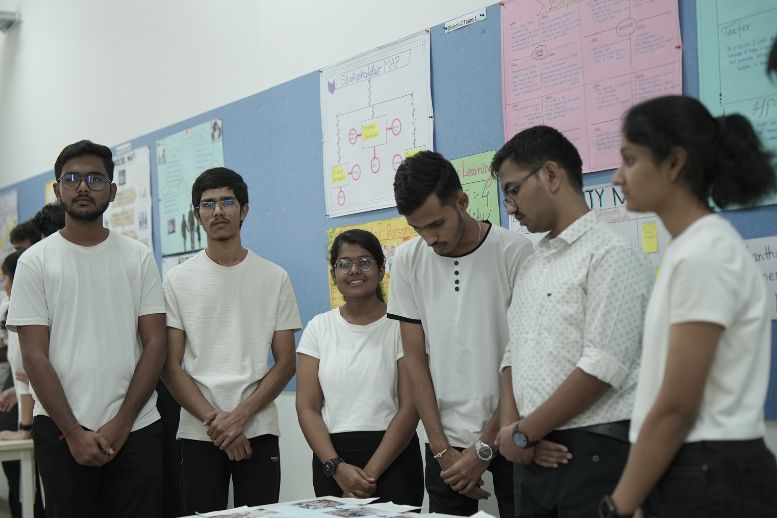
Collaboration also plays a central role in the Design Thinking for Sustainability course at MITVPU. Students are encouraged to leverage diverse perspectives and work together to tackle complex sustainability challenges. Through team-based projects and interdisciplinary workshops, they learn the importance of collective problem-solving, open dialogue, and creative collaboration. This approach not only enriches their learning experience but also equips them for real-world scenarios.
Why MITVPU's Approach is Unique

Incorporating design thinking into education is rare, and MITVPU stands out by doing so. The course bridges the gap between theoretical knowledge and real-world problem-solving by placing sustainability at the core of every student’s learning experience. The results have been remarkable, with students reporting increased confidence in their problem-solving abilities and a deeper understanding of sustainability’s role in their fields. This innovative approach shapes not only how students tackle academic challenges but also how they approach everyday life, transforming them into responsible global citizens.
Student feedback underscores the life-changing impact of this course. Many have shared how it boosted their confidence, enhanced their understanding of sustainability, and highlighted the value of empathy, creativity, and innovation in their personal and professional journeys. By blending technical skills with emotional and intellectual growth, MITVPU’s unique educational approach is shaping individuals prepared to design a better future.
Conclusion
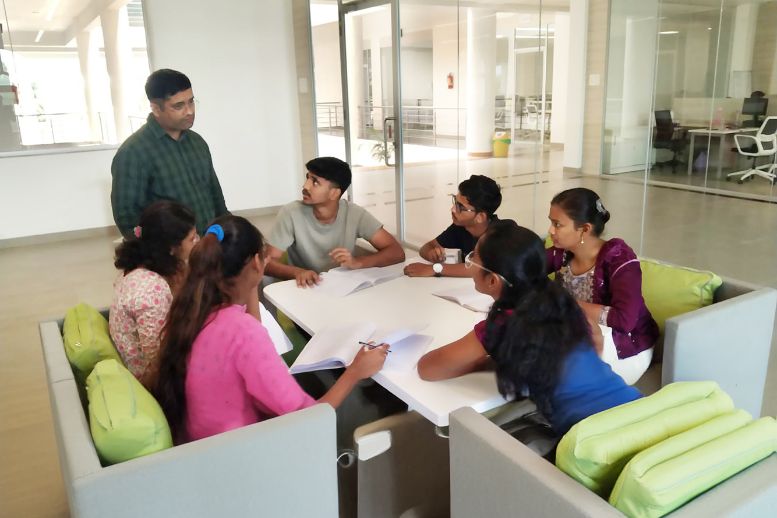
Design Thinking for Sustainability is more than just a course at MIT Vishwaprayag University; it’s a philosophy of learning. By emphasizing empathy, innovation, and sustainability, MITVPU is equipping its students with the mindset and tools they need to tackle challenges beyond the classroom. This approach ensures that its students are ready to take on the real world as responsible innovators, problem-solvers, and change-makers across all fields.
Connect Us
MIT Vishwaprayag University , Solapur-Pune highway, Kegaon Solapur, Maharashtra, India - 413255
Copyrights ©2024-25 MIT VISHWAPRAYAG UNIVERSITY. All rights reserved.
